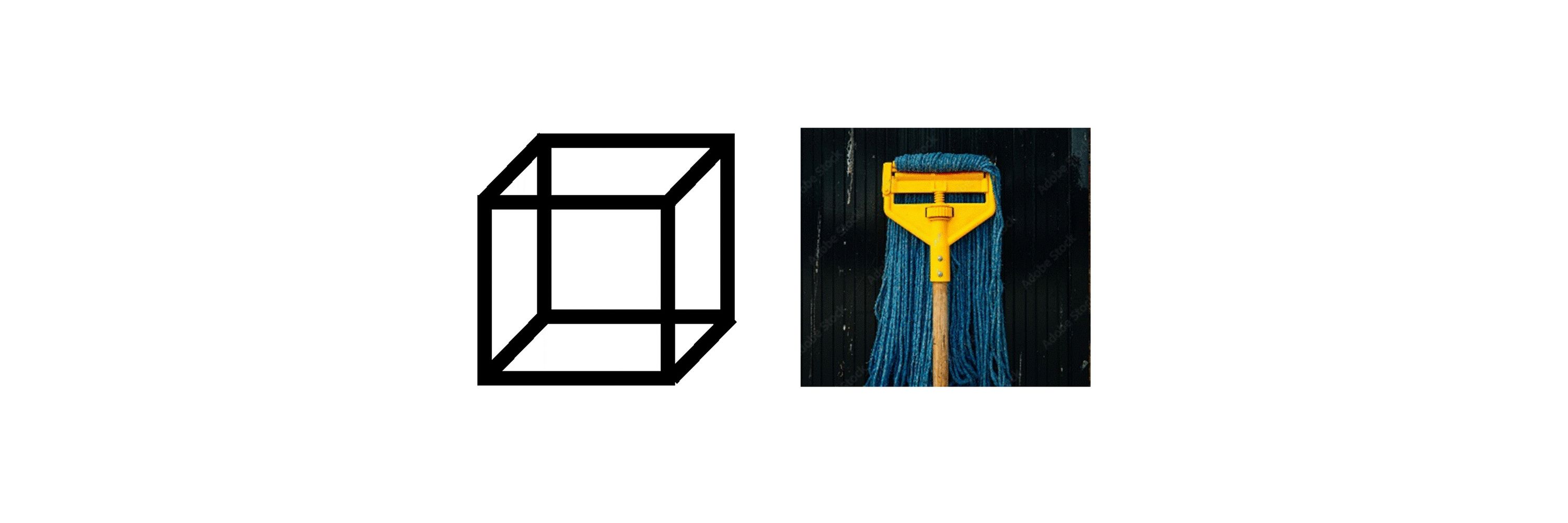
Failing that - I'll raise a glass to your continued good health at that time : )
Failing that - I'll raise a glass to your continued good health at that time : )
I also find it really hard to follow conversations here, and think people should use tildes more often
If there is any disagreement - it is with the idea that controlling for low-level confounds is a sensible goal.
I also find it really hard to follow conversations here, and think people should use tildes more often
If there is any disagreement - it is with the idea that controlling for low-level confounds is a sensible goal.
Will be looking for opportunities to refer to 'elides" : )
Will be looking for opportunities to refer to 'elides" : )
People’s descriptions of imagery don’t sound like that? They sound like they are more selective no?
People’s descriptions of imagery don’t sound like that? They sound like they are more selective no?

